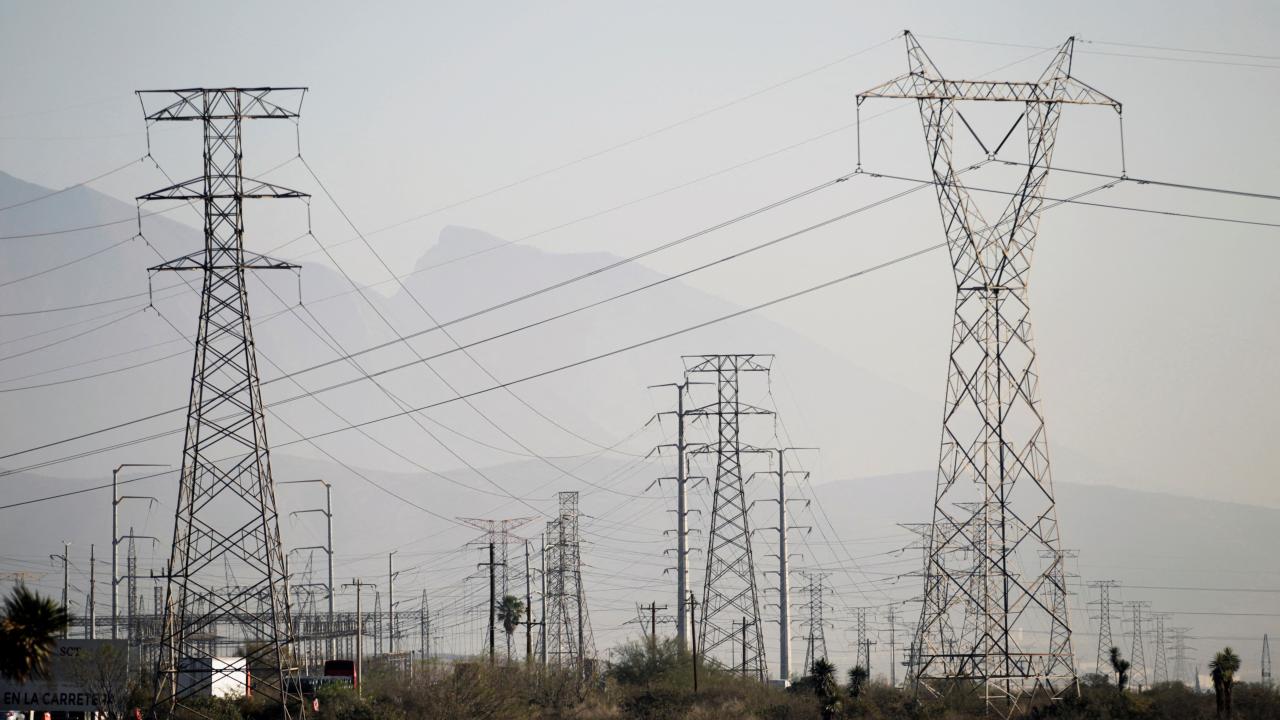
The fall coincides with the shift in electricity policy, which intends to prioritize the sectoral control of the Federal Electricity Commission (CFE) to the detriment of private participation.
During the first five years of the government of the president of Mexico, Andrés Manuel López Obrador, the level of activity in the electricity, gas transportation and water supply industries contracted 26.8%, according to data from the Monthly Indicator of the Industrial Activity (IMAI), which reports the National Institute of Geography and Statistics (Inegi).
This is not only the worst performance of this industrial subsector in at least the last five federal governments, but it is the first time that the indicator has experienced a drop in a six-year comparison.
Between 1994 and 1999 (Ernesto Zedillo's term), the variable grew 35.2%; between 2000 and 2005 (Vicente Fox's mandate), 61.4% did so; between 2006 and 2011 (Felipe Calderón's six-year term), it rose 19.4%; and between 2012 and 2017 (presidency of Enrique Peña Nieto), it grew 13.1%.
The fall coincides with the shift in the electricity policy of the current government, which intends to prioritize the sectoral control of the Federal Electricity Commission (CFE) to the detriment of private participation, which was recently allowed in new modalities and more areas in the constitutional reform of 2013.
So the government of President López Obrador canceled the long-term electricity auctions, which were instruments that forced the CFE to acquire electricity for sale through contracts, which had predominantly been private.
In addition, the construction of two mega electrical transmission lines was canceled, which would serve to decongest the transportation of renewable electrical energy produced in the Isthmus of Tehuantepec and in Baja California.
In accordance with the IMAI methodology, the measurement of activity in the electrical industry specifically includes the generation, transmission, distribution and marketing of electrical energy, in addition to the supply of water and natural gas through pipelines to the final consumer.
“Private investment in electricity generation has been affected by government policies and reforms, while the transmission and distribution of electrical energy constitute monopolies of the Mexican State,” said Gabriella Siller, Director of Economic Analysis at Grupo Financiero Base.
The drop observed in the current six-year term also occurs while a greater number of extraordinary events are observed in the National Electric System (SEN), specifically operational alerts (which are decreed when the system's capacity reserve falls below 6% of demand ) and emergency states (which occur when the margin is less than 3%).
These events — which can lead to rotating blackouts to balance electricity supply and demand and prevent damage to the electrical grid — have been especially notable in the summer of 2023 and the spring of this 2024 (as in the supply outages observed from May 7 to 10), coinciding with the rise in temperature to record levels and greater use of electrical ventilation and cooling devices.
Construction report confirms deterioration
From another perspective, that of the activity of the construction sector, the data validate the decline of the electricity industry.
And the construction of electrical and telecommunications infrastructure in Mexico fell by 21.1% between 2018 and 2023, which represents the worst performance for the variable in at least the last three six-year periods, according to figures from the National Survey of Construction Companies (ENEC), which also raises the Inegi.
In contrast, during the first five years of Peña Nieto's government, a growth of 15.5% was observed and during the first five years of former President Felipe Calderón Hinojosa's mandate, the variable had an increase of 68.3%. The most recent ENEC data series - base 2018 - has the oldest data from 2006.









